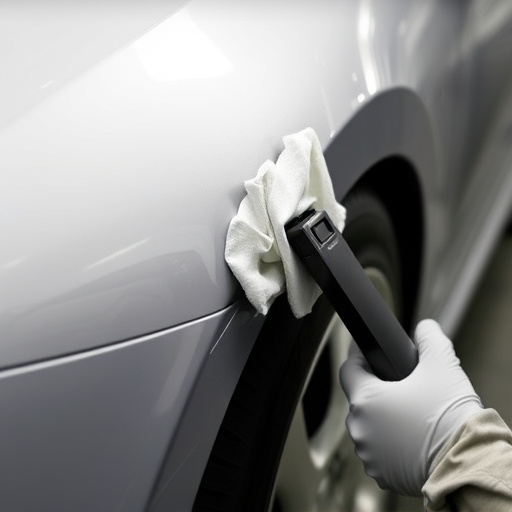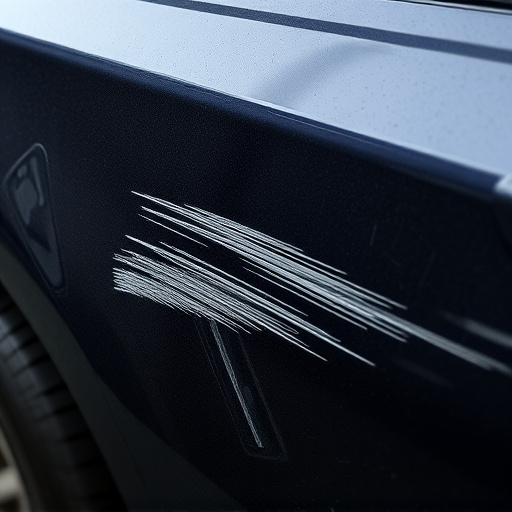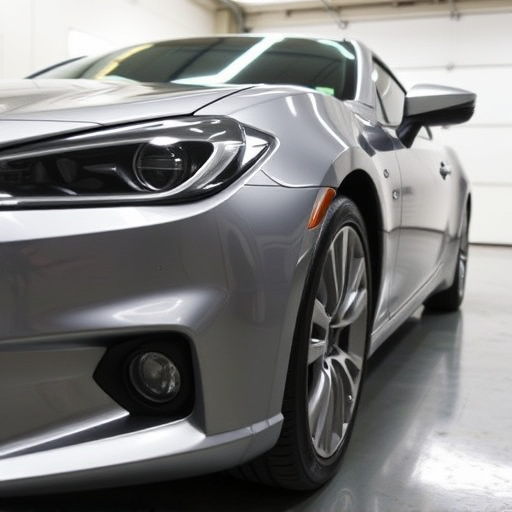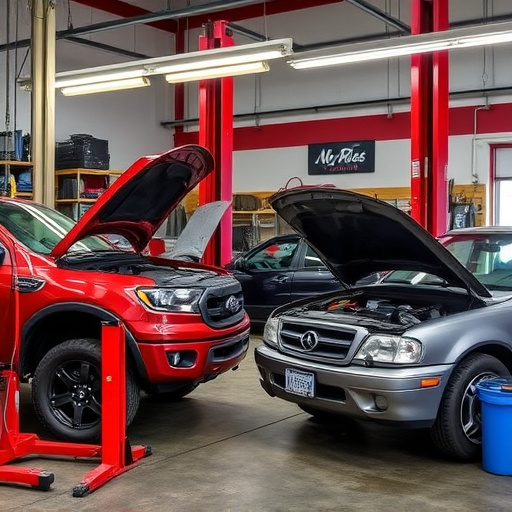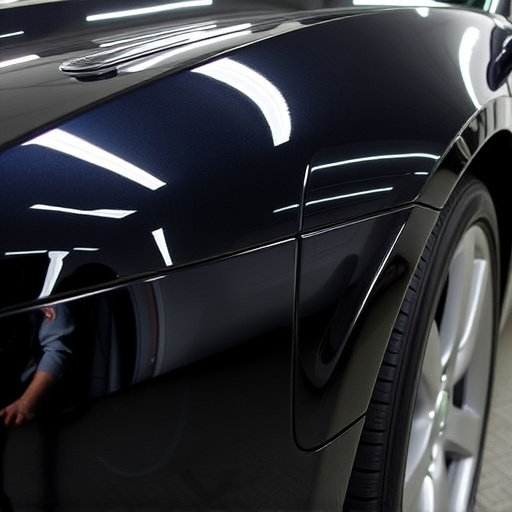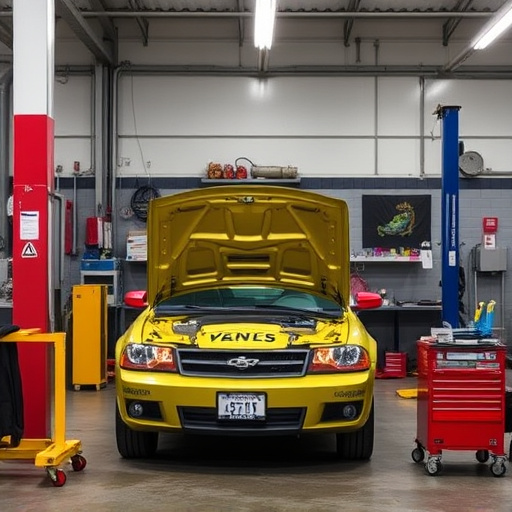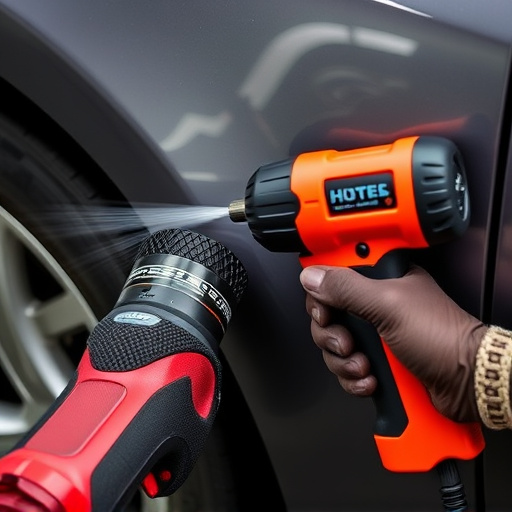Mercedes lane assist recalibration is a critical maintenance process for advanced driver-assistance systems (ADAS), ensuring sensors and cameras remain accurately aligned despite environmental factors or minor damage. This procedure, performed by specialized technicians, aligns cameras and radar to enhance safety features like lane-keeping assist. Regular recalibration complements auto body repairs and painting services, maintaining the integrity of Mercedes' ADAS features for long-term reliability and optimal performance.
Mercedes’ Lane Assist system is a crucial safety feature, utilizing cameras and radar to keep vehicles centered in their lane. Over time, these sensors may need recalibration for optimal performance. This article delves into the process of Mercedes lane assist recalibration, highlighting its importance for maintaining safe driving. We’ll explore why camera and radar alignment is vital, the steps involved, and ensure your vehicle’s Lane Assist system functions at its best.
- Understanding Mercedes Lane Assist Recalibration
- The Role of Camera and Radar Alignment in Safety Systems
- Steps to Perform a Successful Lane Assist Recalibration
Understanding Mercedes Lane Assist Recalibration
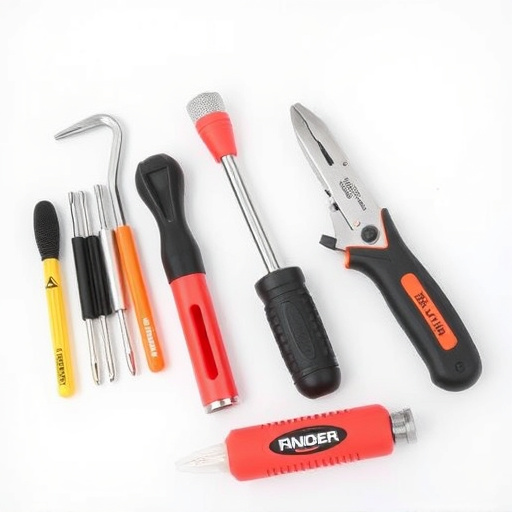
Mercedes Lane Assist Recalibration is a crucial process that ensures the optimal performance of your vehicle’s advanced driver-assistance systems (ADAS). These systems, including lane keeping assist, rely on precise camera and radar alignment to function correctly. Over time, factors like road debris, weather conditions, or even minor accidents can disrupt this alignment, leading to reduced efficiency and safety concerns.
During a recalibration, specialized technicians adjust the positioning of sensors and cameras responsible for monitoring your vehicle’s surroundings. This involves comparing the data collected by these sensors with detailed maps and adjusting their position to match real-world conditions. It’s akin to fine-tuning a high-tech instrument, ensuring that every component works in harmony for seamless operation. Whether you opt for auto body services or auto repair services, recalibration is a vital part of maintaining your Mercedes’ safety features, complementing regular auto body painting and maintenance routines.
The Role of Camera and Radar Alignment in Safety Systems
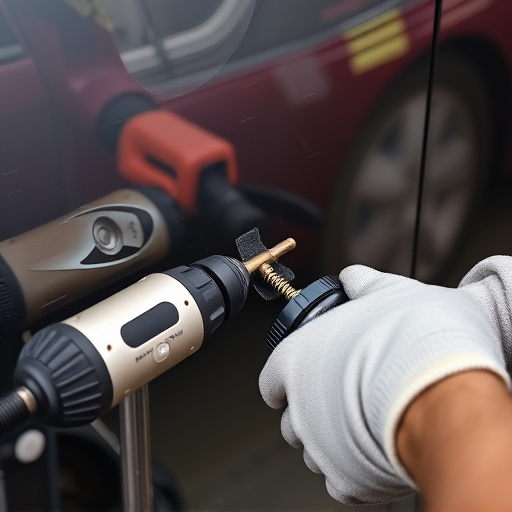
In modern vehicles like Mercedes, camera and radar alignment play a pivotal role in enhancing safety systems, particularly features like lane-keeping assist. These advanced driver assistance systems (ADAS) rely on accurate data from cameras and radars to monitor road conditions and the vehicle’s surroundings. Proper alignment ensures that these sensors capture precise images and readings, facilitating effective communication with the vehicle’s control units. When a Mercedes lane assist recalibration is required, it’s often due to sensor misalignment, ensuring optimal performance for safety features.
Maintaining correct camera and radar alignment is crucial for the seamless operation of various active safety mechanisms. Even minor misalignments can lead to reduced sensitivity or inaccurate data input, impacting the reliability of systems designed to prevent accidents. Regular auto glass repair, vehicle bodywork maintenance, and auto painting services can contribute to preserving the original equipment manufacturer (OEM) alignment specifications, ultimately supporting the continued integrity of these essential safety features over time.
Steps to Perform a Successful Lane Assist Recalibration
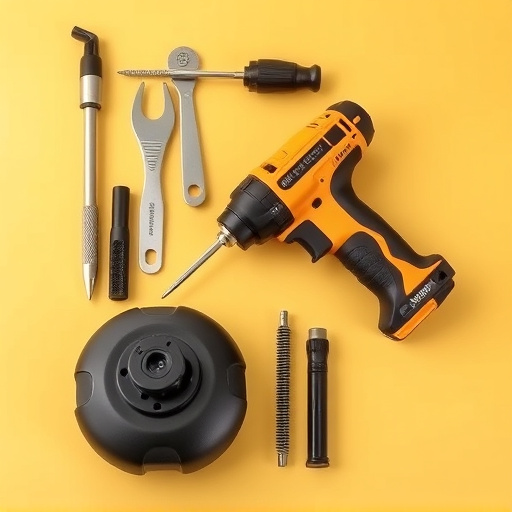
Performing a successful Mercedes lane assist recalibration involves several precise steps. First, ensure the vehicle is parked on a level surface and engage Park mode to prevent any accidental movement during the process. Next, power on the system and access the calibration menu, typically found within the vehicle’s advanced driver-assistance systems (ADAS) settings.
Using specialized tools, initiate the camera and radar alignment procedure. This may involve adjusting the positioning of sensors and cameras located around the vehicle. For a paintless dent repair or fender repair, ensuring these components are in perfect condition is crucial as any discrepancies can impact the system’s accuracy. Once aligned, verify the adjustments by conducting test drives through various lanes to ensure the Lane Assist system functions optimally.
Mercedes Lane Assist Recalibration is a crucial process that ensures the optimal performance of the vehicle’s safety systems, particularly the camera and radar alignment. By understanding the significance of this recalibration and following the outlined steps diligently, car owners can enhance their driving experience, knowing their Mercedes-Benz is equipped with precise lane-keeping capabilities. This simple yet vital maintenance practice contributes to improved safety on the road, making it an essential part of regular vehicle upkeep.
